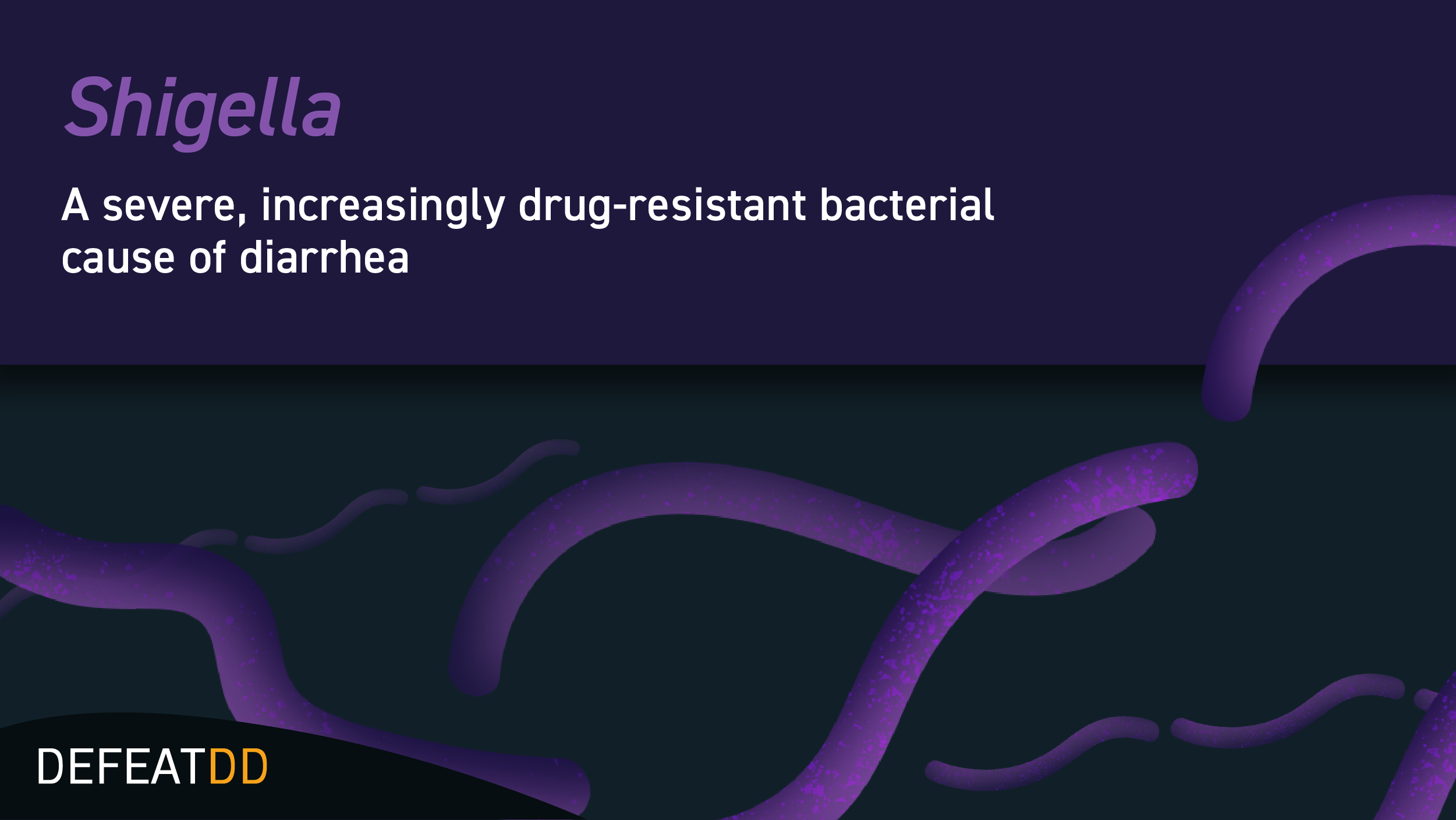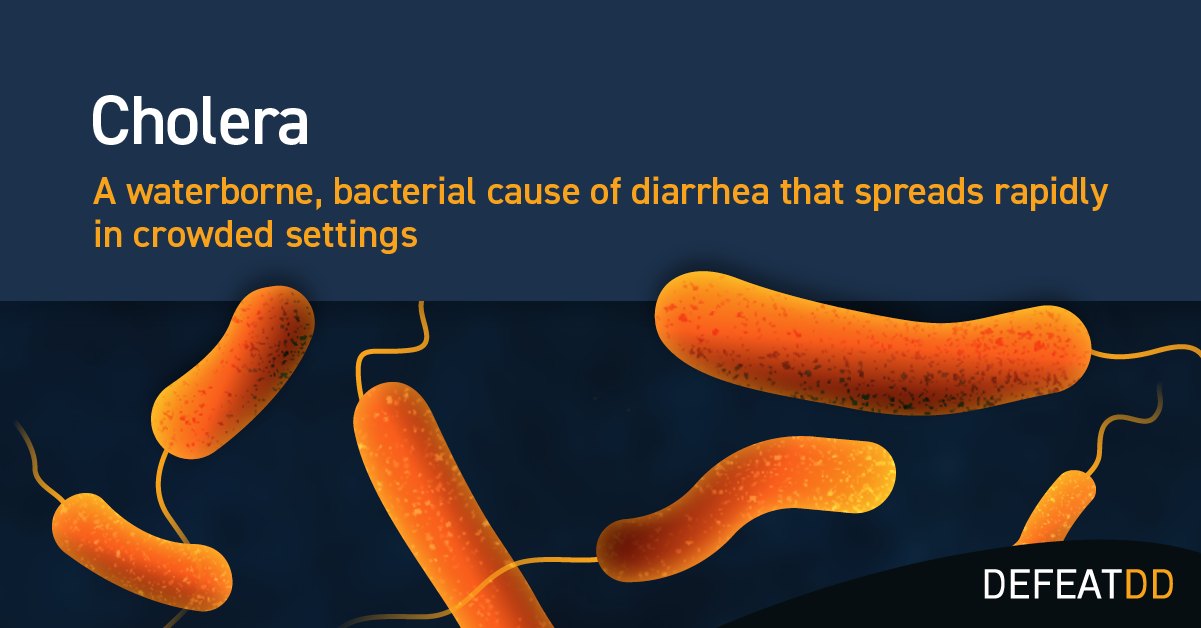
Diarrheal disease vaccines: what do we know?

Vaccines are one of the greatest achievements in public health. This year especially, media coverage sharing the success of vaccines has been widespread as we mark the 50th anniversary of the Expanded Programme on Immunization (EPI). Vaccines effectively prevent illness from numerous diseases, but how can immunization work to defeat diarrhea?
Diarrhea has many culprits, from bacteria to viruses to parasites. Despite great progress to improve global child health, diarrhea remains the second leading killer of children under age five. Fortunately, vaccines are available or on the way for some of the top causes of diarrhea, including rotavirus, Shigella, enterotoxigenic E. coli, and cholera:
Rotavirus is the deadliest cause of diarrheal disease among children. Rotavirus is highly contagious and cannot be treated with antibiotics or other drugs. Treatment centers on rehydration: oral rehydration therapy (ORS) or intravenous fluids in severe cases. But this type of urgent health care may be unavailable or difficult to access in low-resource settings, making rotavirus prevention through vaccination critical in saving children’s lives. The World Health Organization (WHO) currently recommends that all infants globally receive the rotavirus vaccine as part of national immunization programs. Nearly all African countries have introduced rotavirus vaccines or plan to do so within the next couple of years.
While immunization against rotavirus has made incredible progress to reduce severe diarrhea, the currently available oral vaccine does not perform as well in low-resource settings, prompting research on next-generation injectable rotavirus vaccines. In the meantime, current product options are continuing to write a public health success story, preventing around 140,000 deaths between 2006 and 2019, demonstrating the need to continue to prioritize expanded coverage for this lifesaving vaccine.
Shigella, a leading bacterial causes of childhood diarrhea, is a major contributor to stunting and to growing drug resistance. There are no vaccines yet available, but PATH’s value proposition on the impact of a potential Shigella vaccine suggest it could be cost-effective, even more so if the vaccine reduces stunning.
National stakeholders have expressed a strong preference for Shigella-containing combination vaccines. As more immunizations are recommended for children, combination vaccines reduce the number of injections received at already crowded health visits while reducing the cost of vaccine storage and delivery. Research on Shigella combination vaccines has often included Enterotoxigenic Escherichia coli (ETEC), another leading cause of diarrhea under vaccine development. Immunization that prevents ETEC and Shigella hold immense potential for reducing diarrheal disease burden and improving child health.
 Cholera, a bacterium, is dangerous due to the speed with which it dehydrates its patients and spreads to others. In 2024, the incidence of cholera outbreaks increased significantly. Oral cholera vaccines (OCV) became available in 2013, yet the alarming rise of global outbreaks due to conflict, migration, and climate change have increased demand and strained limited supply. While manufacturers catch up to the global need, now is the time for stakeholders to develop plans for swift OCV implementation when it becomes available.
Cholera, a bacterium, is dangerous due to the speed with which it dehydrates its patients and spreads to others. In 2024, the incidence of cholera outbreaks increased significantly. Oral cholera vaccines (OCV) became available in 2013, yet the alarming rise of global outbreaks due to conflict, migration, and climate change have increased demand and strained limited supply. While manufacturers catch up to the global need, now is the time for stakeholders to develop plans for swift OCV implementation when it becomes available.
 Vaccines are one of the most effective prevention tools to protect children from contracting diarrhea and improving child health. While great strides have been made in recent years to reduce childhood mortality due to diarrheal disease, continued investment in strong immunization systems will ensure successful delivery of effective vaccines to children around the world.
Vaccines are one of the most effective prevention tools to protect children from contracting diarrhea and improving child health. While great strides have been made in recent years to reduce childhood mortality due to diarrheal disease, continued investment in strong immunization systems will ensure successful delivery of effective vaccines to children around the world.


